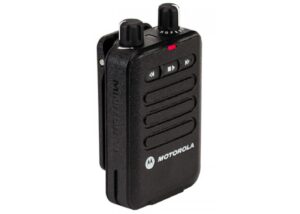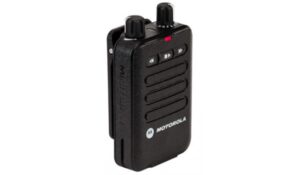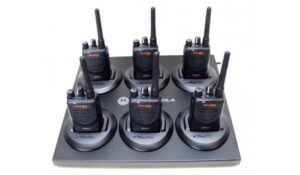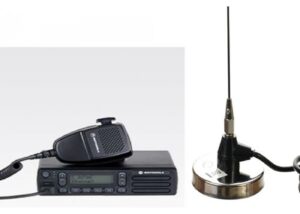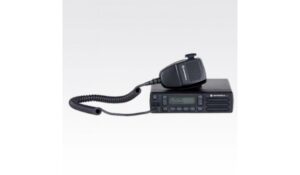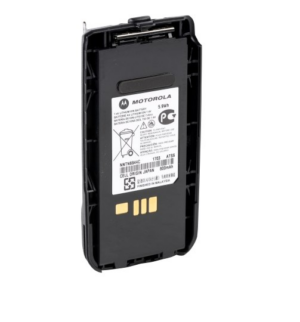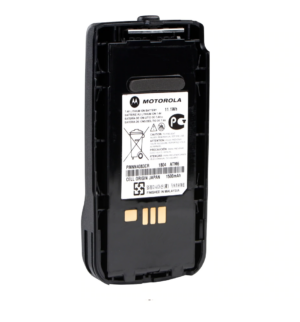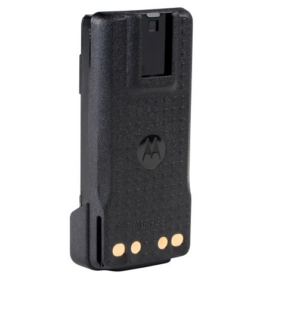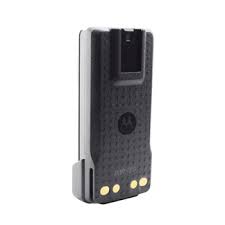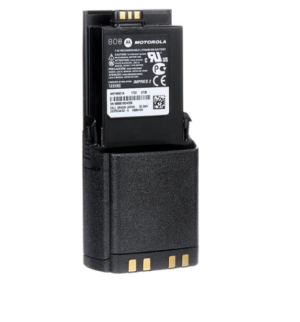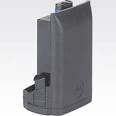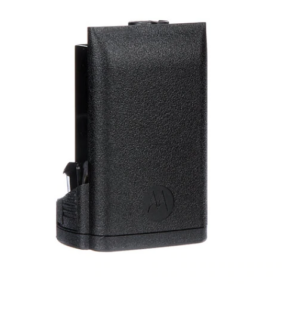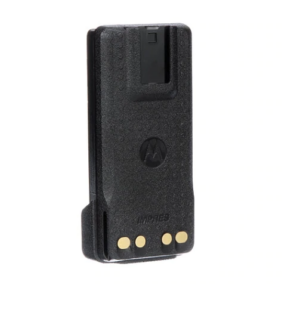TIA-4950 FM Certified Batteries from Motorola Solutions
When you’re operating in environments
where flammable or explosive gases, vapors
or dust may be present, you should consider
communications equipment certified for
use in a Hazardous Location – often called
“HazLoc”.
HAZLOC CLASSIFICATION
Hazardous locations can be found in many industries, including refineries, fuel storage facilities, chemical plants, grain elevators and plastics processing
plants. The National Electrical Code (NEC) NFPA 70 defines hazardous locations as areas “where fire or explosion hazards may exist due to flammable gases
or vapors, flammable liquids, combustible dust, or ignitable fibers or flyings.”
Equipment manufacturers do not determine the need for “hazloc” products, or evaluate the environment in which the radios will be used. The Hazardous
Location classification is determined by the Authorities Having Jurisdiction (AHJs) over the particular facility, for example the fire marshal, insurance
provider or facility safety expert.
NATIONAL ELECTRICAL CODE (NEC) NFPA 70
Classes
• Class I: Flammable Gases, Vapors, or Liquids
• Class II: Combustible Dust
• Class III: Ignitable Fibers and Flyings
Division (Area Classification)
• Division 1: Locations where ignitable gas/vapor/liquid/dust
are present continously or some of the time under normal
operating conditions
• Division 2: Locations where ignitable gas/vapor/liquid/dust
are not likely to exist under normal operating conditions
Groups (Organized by Classes)
Class I Gas Groups
• Group A – Acetylene and equivalent gas groups
• Group B – Hydrogen and equivalent gas groups
• Group C – Ethylene and equivalent gas groups
• Group D – Methane and equivalent gas groups
Class II Dust Groups
• Group E – Conductive dust (mechanical – factories, recyclers)
• Group F – Combustible carbon dust (charcoal & coke dust)
– above ground only
• Group G – Grain dust
Class III Fibers has no sub
Showing all 9 results
-
Motorola Impres batteries for long lasting life and performance
Motorola PMNN4525 Li-ion Battery – XPR 3300e 3500e
$143.64 Read more -
Motorola Impres batteries for long lasting life and performance
Motorola PMNN4525 Li-ion Battery – XPR 3300e 3500e
$124.00 Read more -
Motorola Impres batteries for long lasting life and performance
PMNN4489 Motorola IMPRES 2900 mAh Li-Ion Battery
$171.00 Add to cart

